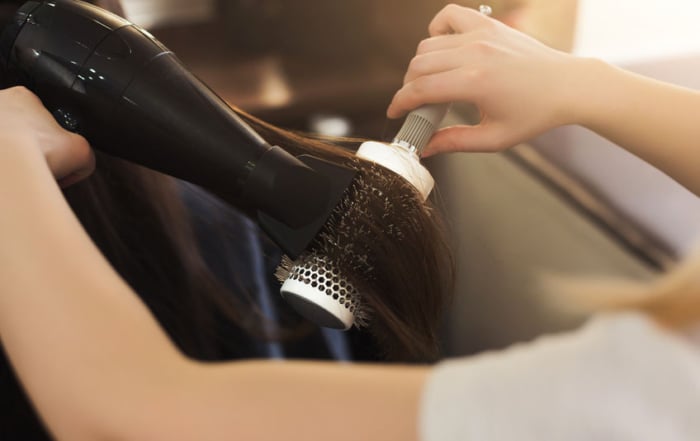Fixing Broken Bones With Metal Components
Broken bones and fractures are injuries that emergency rooms and surgeons see every day. Some are simple breaks that do not disrupt the natural position of the bone. Others are open fractures that need to stay in place to heal. Surgeons use either an external or internal fixator consisting of pins, rods, nails and screws. Fixators safely hold the bones together or correct deformities. Some are even meant to stay in the patient’s body permanently. Therefore, the pin sites must receive proper care for a speedy recovery.

Understanding pin sites
Surgery with metal components is just the start of the process. Patients undergo a recovery process but must also take care of the surgical site. Sometimes, a metal part sticks out or into the skin, called the pin. The pin site is the area around the skin that is prone to infection. Pin site infections can cause pain and discomfort. Sometimes, the pin must be removed to treat the infection, delaying the overall healing process. To avoid potential complications, surgeons have some recommended steps for skin care.
A focus on cleanliness
After leaving the hospital, pin site care is the patient’s responsibility. Cleaning the pin site is the most important job for patients to avoid possible infection. A nurse or healthcare provider will instruct how to clean the pin site and replace the dressing. The dressing should be changed 1-2 times weekly. Remove and discard old dressing and clean the pin sites with the recommended cleaning solution. Clean the pin sites with a cotton swab or wool, then replace the bandage as directed.
Day-to-day care
During recovery, any dressings are removed, but the pins will remain. Cleaning the pin sites is still a priority. The surgeon may recommend daily cleaning. Patients must thoroughly wash hands and use gloves before touching the pin sites. Gently pressing around the pin can bring fluid to the surface. Use a cotton swab with soapy water or a cleaning solution to remove fluid, dirt, and skin cell build-up. Finish by cleaning any fixation equipment and properly disposing of all materials. Every day, look for signs of infection like redness, pain, fever, and yellow discharge. If these symptoms occur, see a doctor immediately.
A faster recovery
Daily pin site care is essential for a smooth, speedy recovery. Use sterile tools and a gentle solution to clean and care for the pins. If there are external components, like steel bars, make sure to clean these with the same solution. Depending on the extent of the injury, recovery can take between 3-12 months. Taking good care of nails and screws directly impacts that timeline.




